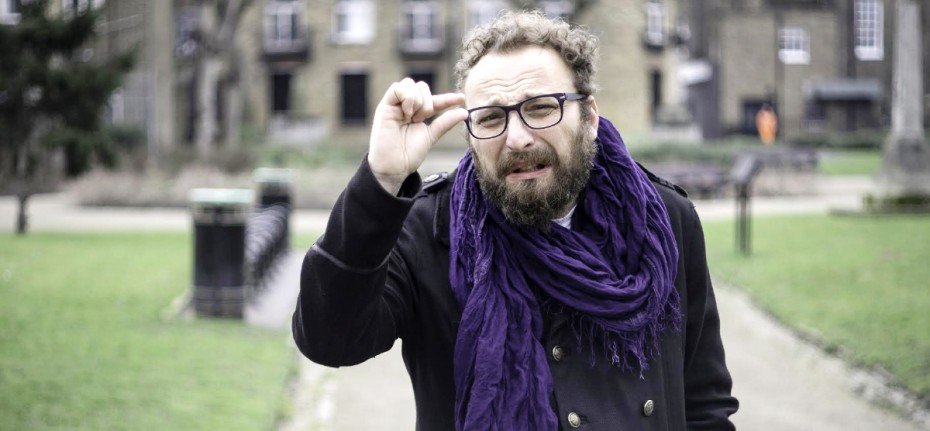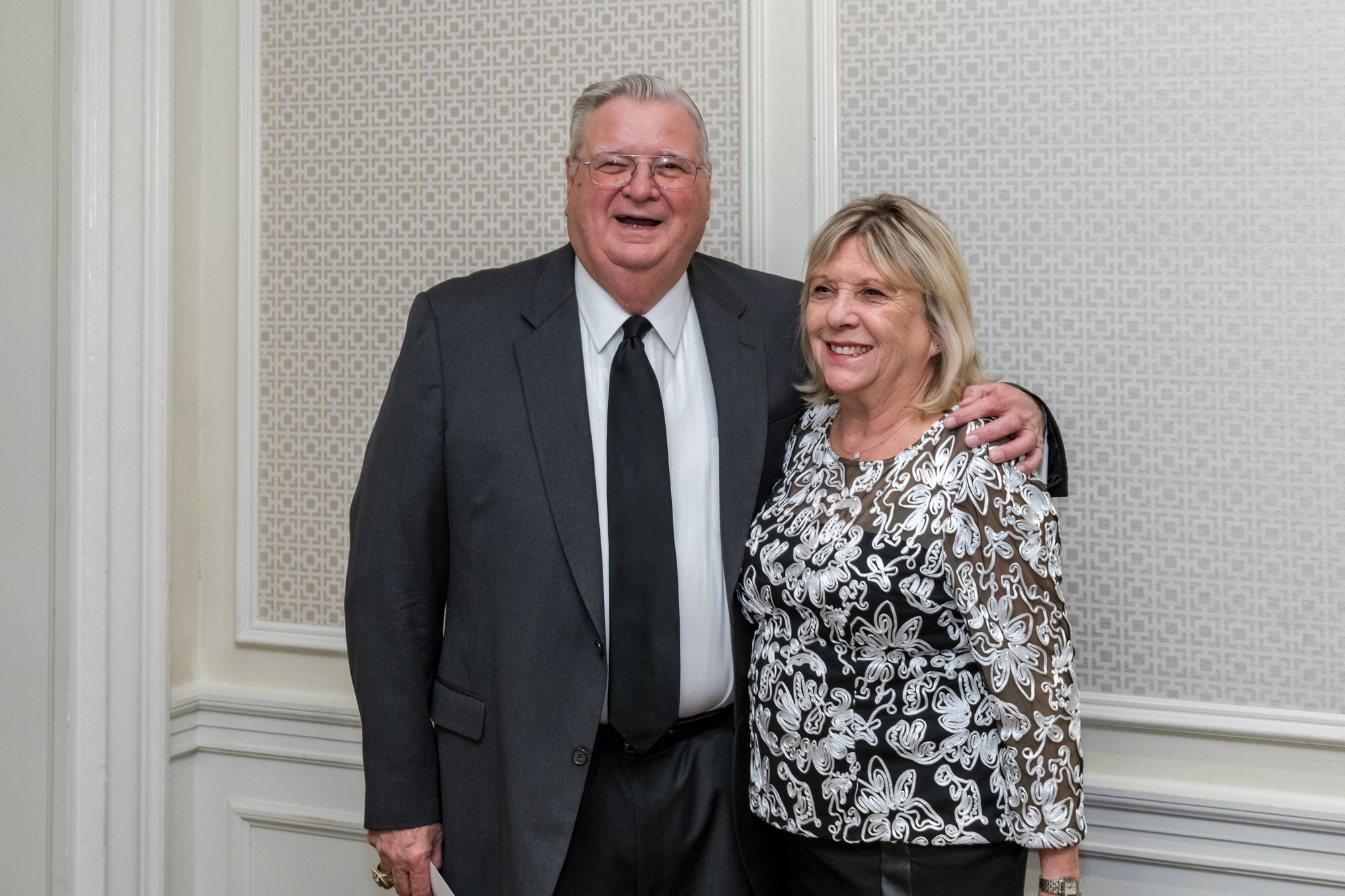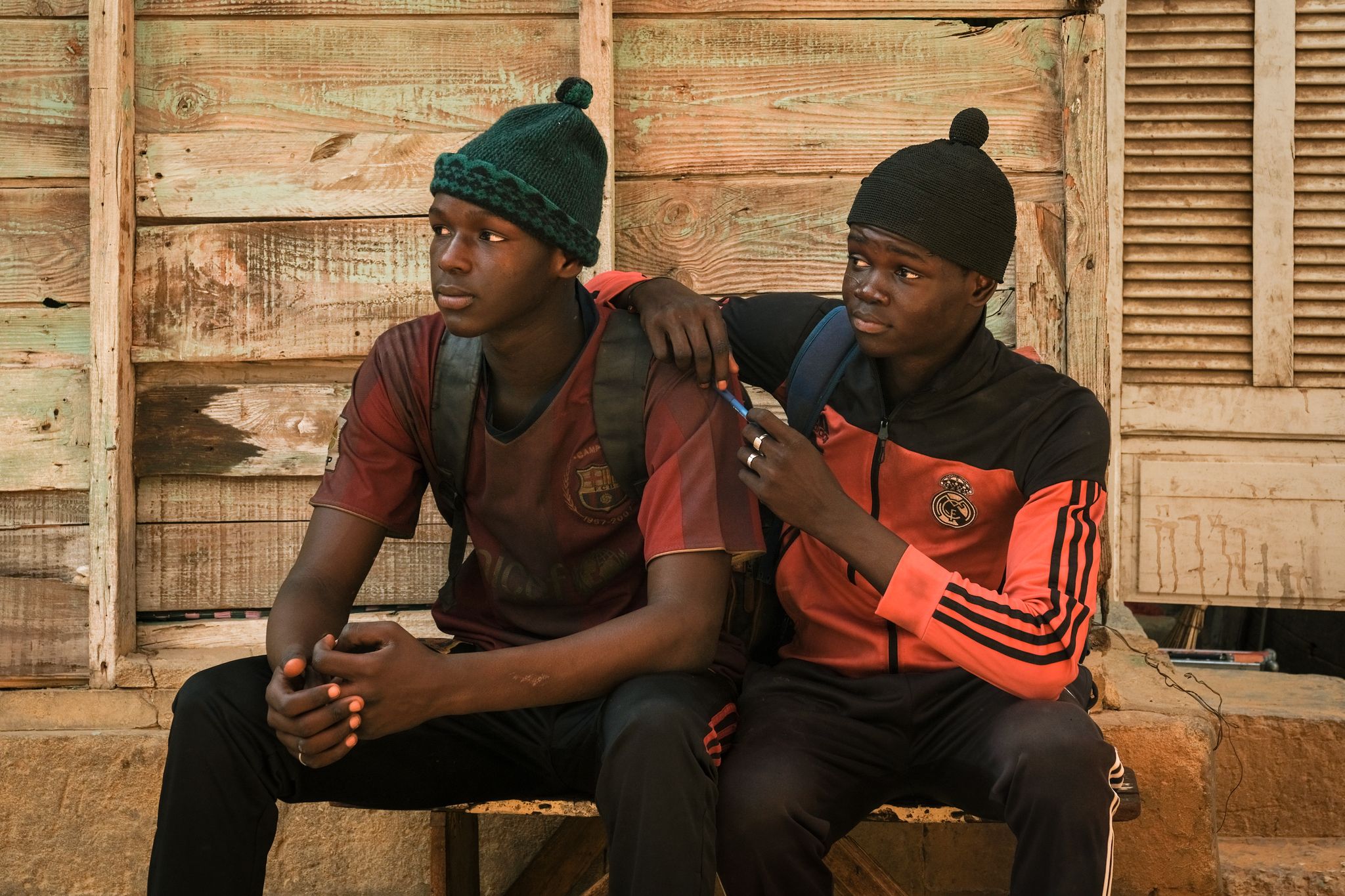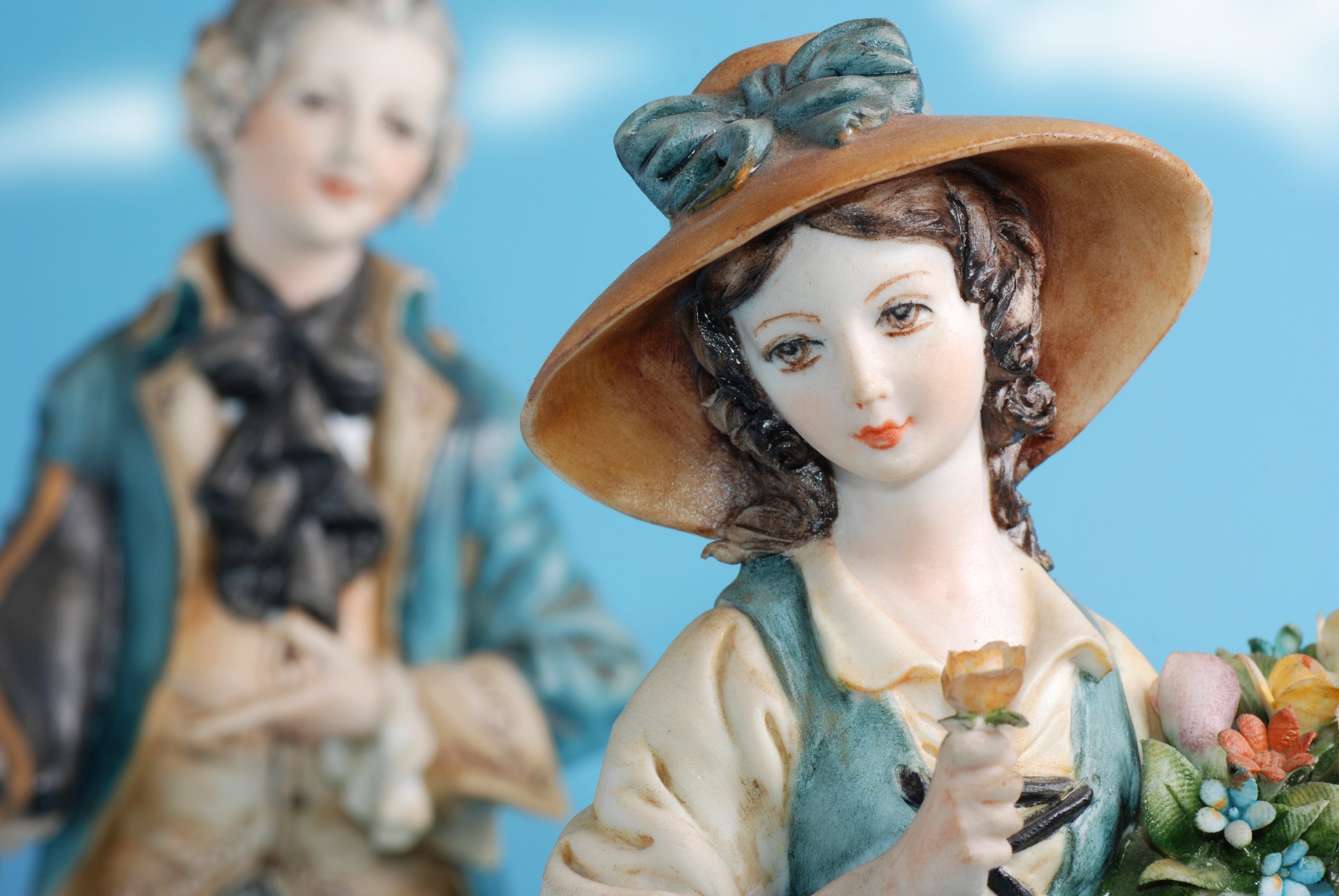A journey around Sicily and among Sicilians. The attachment to the Italian heritage and the passion to tell stories and help understand culture from a new, extraordinary perspective. Director Luca Vullo, from Caltanissetta, has put his abilities, knowledge, and interests together and is now one of the most interesting young professionals able to narrate things about Italy through cinema. From his first documentary Cumu Veni si Cunta to other short docudramas like Un Caruso Senza Nome, From Sulphur to Coal, and The Voice of the Body, Luca has won a number of awards and lives now in London, where he filmed his last documentary. We met him in Oakland where he is teaching the special, unique art of using gestures to students of La Scuola Italiana of Middlebury at the Mills College.
How would you call yourself?
I am a crazy guy that can’t help but being multitasking. I was aware about my skills as a communicator but I discovered them only through work. I am a director, an author, I love advertising, but I also work in schools and universities where I teach some interactive workshops about special aspects of the Italian culture, the gestures. Since gestures usually come across as a stereotype or something to be ashamed of, I believe it is crucial that foreigners understand the importance of their italianità. This is a talent Italians have and, once others perceive it this way too, it becomes something to both teach and learn.
How did this adventure start?
All began thanks to my docudrama called “La voce del corpo” (The voice of the body) where I explore Sicilians’ gestures. The project aimed to show something unexplored about Sicilian people. Sicily is the region with lots of dominations, Arab, Turkish, Greek, Spanish, and so on, that contributed to the existing cultural mix. What started as a passion of showing how Sicilians use their hands to communicate is now one of the main activities. I love it because it lets me narrate something about our country that cannot be found in books or literature. And I am glad this concept is today welcome worldwide.
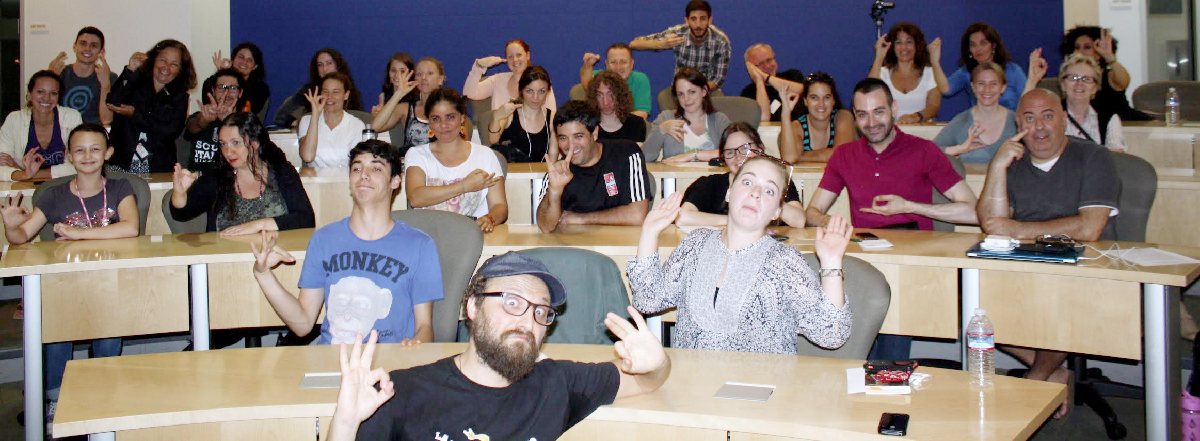
Any anecdote related to it?
I was in London and, after the showing of the documentary, one person from the National Theatre bought one copy. After two months, I was contacted by the Director of the theatre who was working to take Pirandello’s Liolà on stage. He showed the documentary to the actors and they asked to take classes in order to learn and better understand how to use the gestures needed for the show.
When did you start teaching?
Those forty-five actors at the National Theatre were my first students, who had to learn a variety of gestures. Soon after I was interviewed by The Guardian newspaper and the BBC wanted me as consultant in a show for deaf people. Finally, the Bristol University became the first school to have Italian gestures classes and I became the teacher. After that, I travelled to schools in Australia, Germany, Belgium, Spain, Norway, and the US.
What does impress students the most?
What shocks is the numbers of gestures Italians can use while speaking. During the first class, nobody expects to deal with many different gestures; students are usually surprised from both the variety and the quantity. Each gesture can have many meanings, according to the body language, the context, the words, and the facial expressions, each one is unique. At the end of the workshop, they understand how relevant gestures can be in a conversation: Italians could spend time with others without speaking and, by using only gestures, they would be totally able to communicate and understand each other.
Which gesture is the hardest to teach?
The toughest gestures are those expressing something in contrast with what it is said through words. They are associated with the body language, so it is usually a positive gesture which does not match the negative word or facial expression. They are very hard to understand but, when the meaning is clarified, it’s easy to deal with them.
Which is your strategy to overcome the stereotype behind Italian gestures?
I start from the stereotype that everybody knows, a gesture and all the meanings people have seen in movies for example. I begin from something recognizable and go through the meaning and what’s behind it. The same gesture, used in a variety of contexts, can help express yourself in different ways.
How do you like the opportunity to teach here in the US?
I was invited by the Director Antonio Vitti from La Scuola Italiana of Middlebury. I am doing some interactive workshops about gestures but I am also helping with classes regarding Pirandello and the Italian gestures with teacher Giovanna Taviani, Director Vittorio Taviani’s daughter. What I like the most of these workshops is the cultural exchange we are all part of. There is an interaction that allows me to learn more about the American culture while doing my job: teaching students how Italian traditions, history, and heritage can be learnt and passed on also through the use of gestures.
